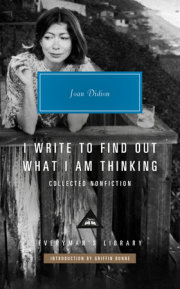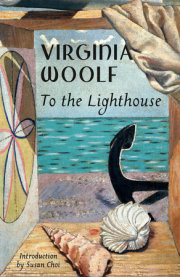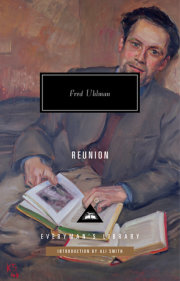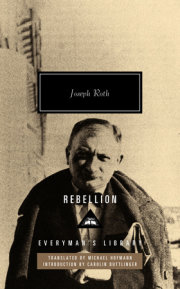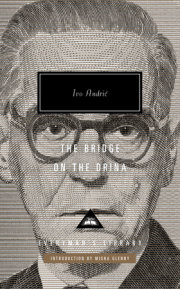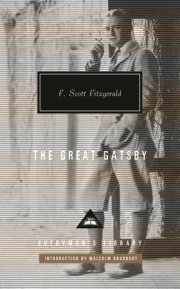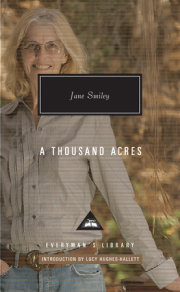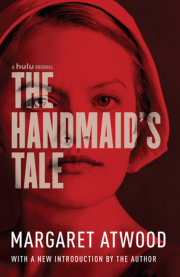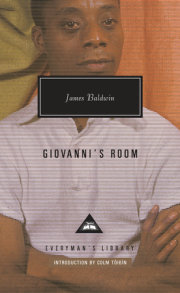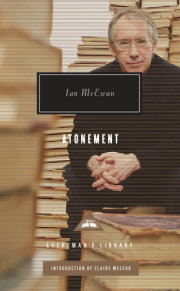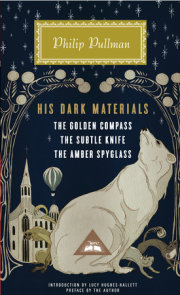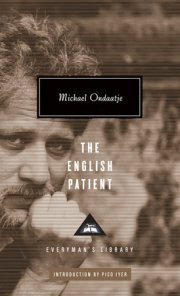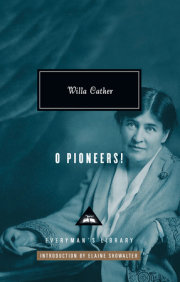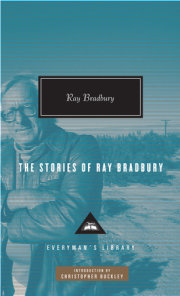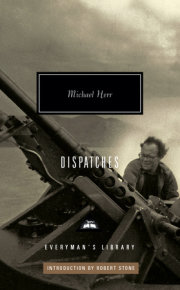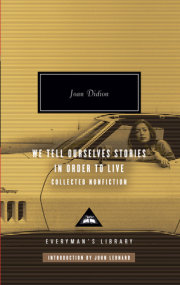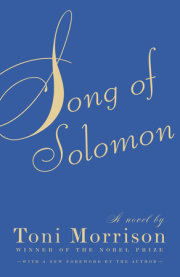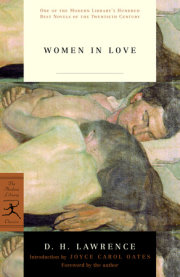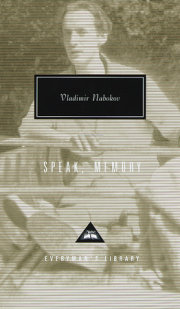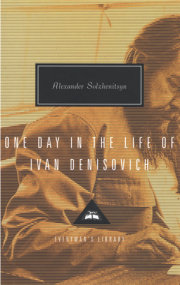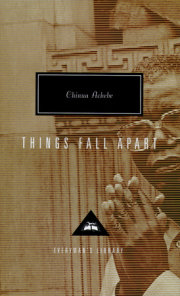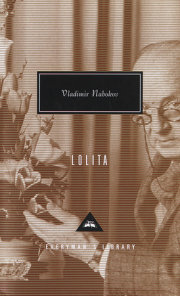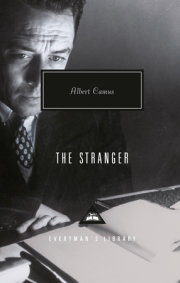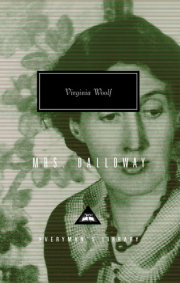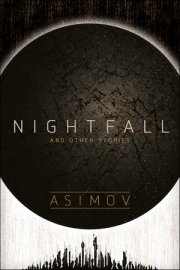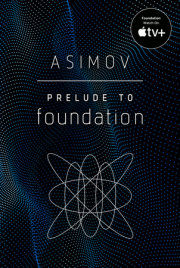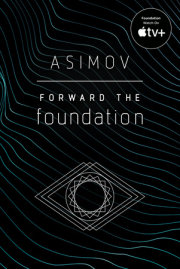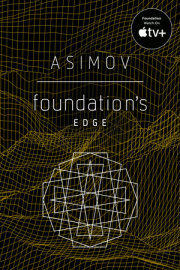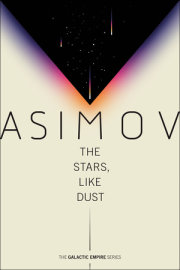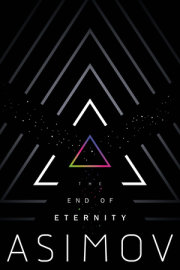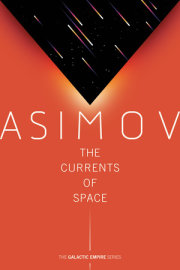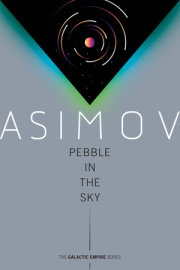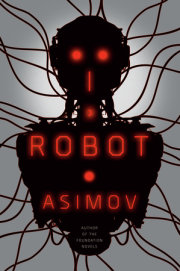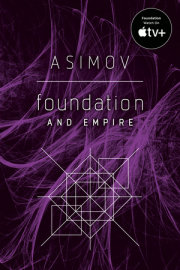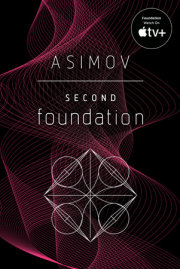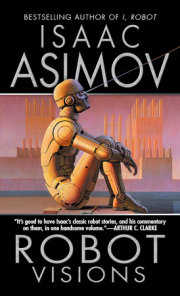From the Introduction by Michael Dirda
It is late summer, 1941. A young Jewish intellectual, an admirer of Gibbon's
Decline and Fall of the Roman Empire, suddenly finds himself musing about historical determinism, individual initiative and the ideal society. Why did Rome fall? Was the Christian religion a means of preserving ancient culture? What forms of government and economic system are best for mankind? Democratic representation with capitalistic competition? Enlightened despotism? A meritocracy of the best and the brightest?
Having come of age in 1930s' New York, the young intellectual would have heard fervent Trotskyites on street corners proclaim that history advances through class struggle and through the conflict between evolving political and economic ideologies. He already knew that Arnold Toynbee, in
A Study of History, contended that civilizations have their seasons — they rise, grow stagnant without sufficient challenges, eventually decay and fall. Still other thinkers, among them H.G. Wells, were convinced that the world should be governed by scientists, with rational benevolence. Wasn't that the theme of the recent movie,
Things to Come (1936), with its vision of a perfectly ordered, chrome-bright "world of tomorrow"?
Still, all these systems and theories made historical change seem a cut-and-dried affair, quite logical, utterly inevitable. Yet where was the individual in these grand schemes of Marx and Toynbee and Wells? If only impersonal forces determined the course of events, how did one account for a Hitler? An upstart from nowhere, he had manipulated the German people with a mesmerist's power, promulgated a manifest destiny for his chosen elite, declared a Thousand-Year Reich. Clearly, the so-called Führer viewed himself as a Great Man, able to reshape his time as did Alexander and Napoleon before him. Such overreachers truly make history, don't they?
So Isaac Asimov, a twenty-one-year-old Columbia graduate, must have thought and wondered when he sat down at his typewriter that summer of 1941. However, what the young writer eventually produced was neither a turgid sociological tract nor a summa of world history. Instead, through a series of stories, Asimov tracked the breakdown of a smug conspicuously rich and stultified civilization, while also portraying the efforts of a highly committed group of activists to hasten the birth of a new and more glorious future society. In effect, he took the central myth of the 1930s and '40s — lived out and believed in by Communists, Fascists, the International Brigade and New Deal Democrats alike — and re-imagined it, with spaceships, in a galaxy far, far away. Science fiction is, after all, the art of extrapolation.
By the time Asimov brought his much loved series to a halt in 1949, he had written eight stories and novellas depicting the collapse of a Galactic Empire, the war-torn feudal period that followed, and the mysterious Foundation established to preserve civilization in a time of barbarism. Gathered together into book form — what SF fans call a "fix-up" — the stories required three volumes:
Foundation (1951),
Foundation and Empire (1952) and
Second Foundation (1953). At the 1955 World Science Fiction Convention this trilogy was enthusiastically voted "the greatest all-time science-fiction series." Period. In the view of many, the assembled sequence also represents a watershed in literary history. A noted SF editor Donald Wollheim quickly realized: "Stores published before
Foundation belong to the old line, the stories published after belong to 'modern' science fiction."
*
Isaac Asimov (1920-92) grew up in Brooklyn, the son of Russian Jewish immigrants. Something of a whiz kid, he graduated early from high school and attended Columbia University, first as an undergraduate and later as a biochemistry graduate student. After earning his Ph. D., he taught for many years at Boston University before giving up the academic life in 1958 to become a full-time writer.
As a teenager, Asimov had been a devoted reader of the pulp magazines at his father's candy store:
Wonder Stories,
Amazing Stories,
Astounding Science Fiction. In their pages one could follow the galactic adventures of E. E. "Doc" Smith's "Skylark of Space," shudder at "The Human Pets of Mars" and fight alongside "Tumithak of the Corridors." Before long, the teenaged Asimov begun to crank out his own short stories; the first to be published "Marooned on Vest," appearing in
Amazing in 1939. After many rejections, he shortly thereafter broke into
Astounding — the premier magazine in the field — with "Trends" (originally titled, with a kind of clairvoyance, "Ad Astra" — i.e., "to the stars"). That "yarn" appeared in the same July 1939 issue as A. E. van Vogt's first story ("Black Destroyer," almost certainly a partial inspiration for the film
Alien) and only a month before Robert A. Heinlein's first story, "Lifeline." thus began the Golden Age of Science Fiction, which would last until roughly 1950.
Asimov developed quickly as a writer. He sold "Robbie," his first robot story, to
Super Science Stories in 1940 (where its title was changed to "Strange Playfellow"), and his later ones to
Astounding. Asimov always claimed it was John. W. Campbell, Jr., that magazine's legendary editor, who devised the central "Three Laws of Robotics" during a conversation at the end of 1940:
1. A robot may not injure a human being or, through inaction, allow a human being to come to harm.
2. A robot must obey the orders given it by human beings except where such orders would conflict with the First Law.
3. A robot must protect its own existence as long as such protection does not conflict with the First or Second Law.
By 1941, Asimov was ready for what would prove his
annus mirabilis. On March 17, when this still very young writer was visiting the
Astounding offices, Campbell unexpectedly quoted a passage from Emerson: "If the stars should appear one night in a thousand years, how would men believe and adore; and preserve for many generations the remembrance of the city of God . . ." What, the magazine editor wondered, would happen to people who suddenly saw stars for the first time? Asimov said he didn't know. Campbell answered: "I think they would go mad. I want you to write a story about that."
According to the first volume of his autobiography,
In Memory Yet Green, Asimov began the story on March 18, 1941 and finished it on April 8. "Nightfall," as he called it, was then published as the cover story for the September issue of
Astounding — along with the conclusion of Robert Heinlein's short novel
Methuselah's Children and in the company of Alfred Bester's now classic "Adam and No Eve." Since that day, "Nightfall" has been judged, over and over again, to be the greatest science-fiction story ever written. Happily neither Heinlein nor Bester would ever complain about this, since the former quickly established himself as the best science-fiction writer of all time and the latter's 1956 novel,
The Stars My Destination, is widely and rightly, viewed as the best single SF novel ever written.
Having formulated the Laws of Robotics and then written "Nightfall," one might assume that young Asimov would devote the rest of his time to his studies. Hardly. That fall
Astounding also brought out the first two Foundation stories. Years later, Asimov recalled the genesis of the series:
On August 1, 1941, I took the subway to Campbell's office after class was over. On the way down I racked my brain for a story idea. Failing, I tried a device I sometimes used. I opened a book at random and then tried free association, beginning with whatever I first saw.
The book I had with me was a collection of Gilbert and Sullivan plays. I opened it to Iolanthe
— to the picture of the Fairy Queen throwing herself at the feet of Private Willis, the sentry. Thinking of sentries, I thought of soldiers, of military empires, of the Roman Empire — of the Galactic Empire — aha! . . ."
Why should I not write of the fall of the Galactic Empire and the return of feudalism, written from the viewpoint of someone in the secure days of the Second Galactic Empire? I thought I knew how to do it for I had read Edward Gibbon's Decline and Fall of the Roman Empire
from first page to last at least twice, and I had only to make use of that.
I was bubbling over by the time I got to Campbell's, and my enthusiasm was catching. It was perhaps too catching for Campbell blazed up as I had never seen him do.
"That's too large a theme for a short story," he said.
"I was thinking of a novelette," I said, quickly, adjusting my thoughts.
"Or a novelette. It will have to be an open-ended series of short stories."
"What?" I said, weakly.
"Short stories, novelettes, serials, all fitting into a particular future history, involving the fall of the First Galactic Empire, the period of feudalism that follows and the rise of the Second Galactic Empire.
"What?" I said, even more weakly.
"Yes, I want you to write an outline for the future history. Go home and write an outline."
There Campbell had made a mistake. Robert Heinlein was writing what he called the "Future History Series." He was writing various stories that fitted into one niche or another of the series, and he wasn't writing them in order. Therefore he had prepared a Future History outline that was very detailed and complicated, so that he would keep everything straight. Now Campbell wanted me to do the same.
Heinlein, however, was Heinlein —and Asimov was not Heinlein.
I went home dutifully, and began preparing an outline that got longer and longer and stupider and stupider until I finally tore it up. It was quite plain that I couldn't work with an outline. (To this day I cannot — for any of my stories, articles, or books, whether fiction or nonfiction.)
On August 11, therefore, I started the story I had originally intended to write (with modifications that resulted from my discussions with Campbell), and the heck with possible future stories. I'd worry about them when the time came — and if
the time came.
Since the First Galactic Empire was breaking down (in my story), certain scientists had set up a Foundation on a world at the rim of the Galaxy, purportedly to prepare a vast encyclopedia of human knowledge, but actually to cut down the period of feudalism and hasten the rise of the Second Empire. I called the story — drum roll, please — "Foundation."
Later in his autobiography, Asimov notes that he submitted "Foundation" on September 8 and on September 17 received a check for $126. From the on, Foundation stories appeared periodically, if irregularly, until the end of the 1940s. When they were collected, Asimov added one more to form a new introduction, and also changed most of the titles.
Copyright © 2010 by Isaac Asimov. All rights reserved. No part of this excerpt may be reproduced or reprinted without permission in writing from the publisher.


